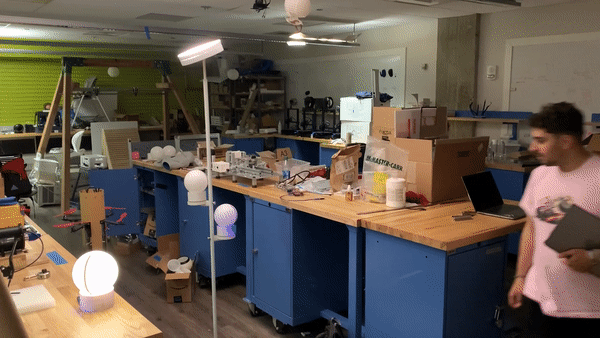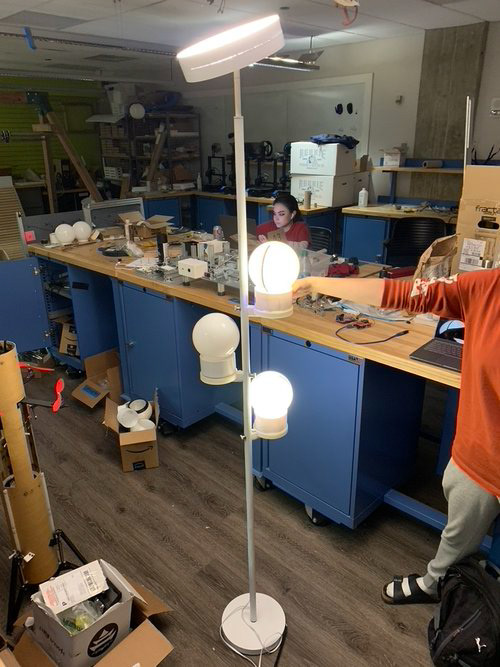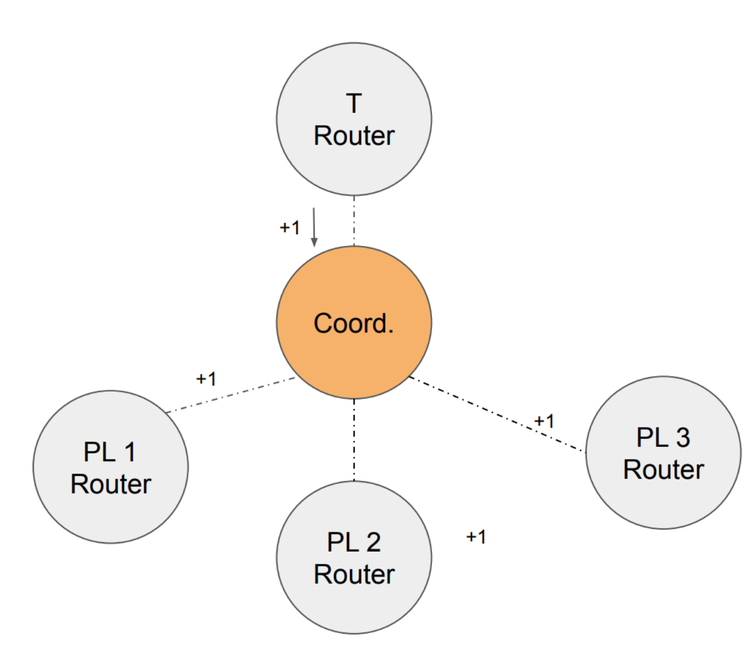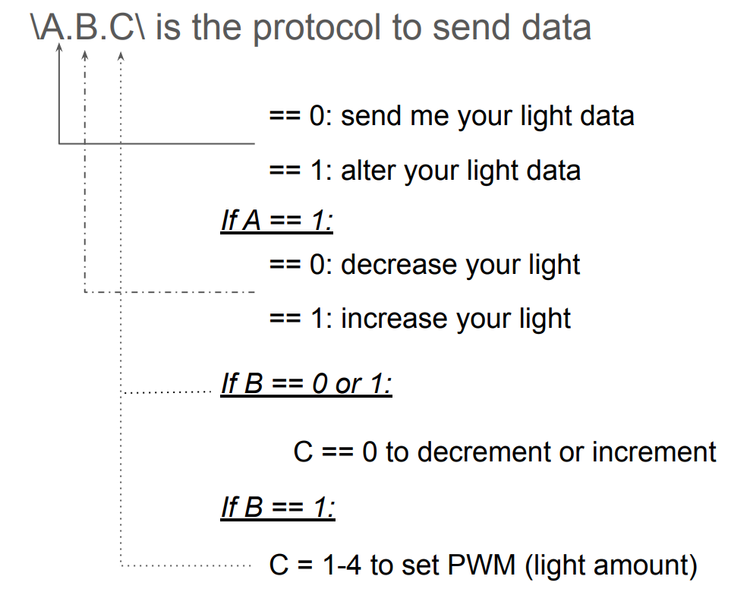
Rendering of a complete Orion system

Exploded view of portable luminaire prototype
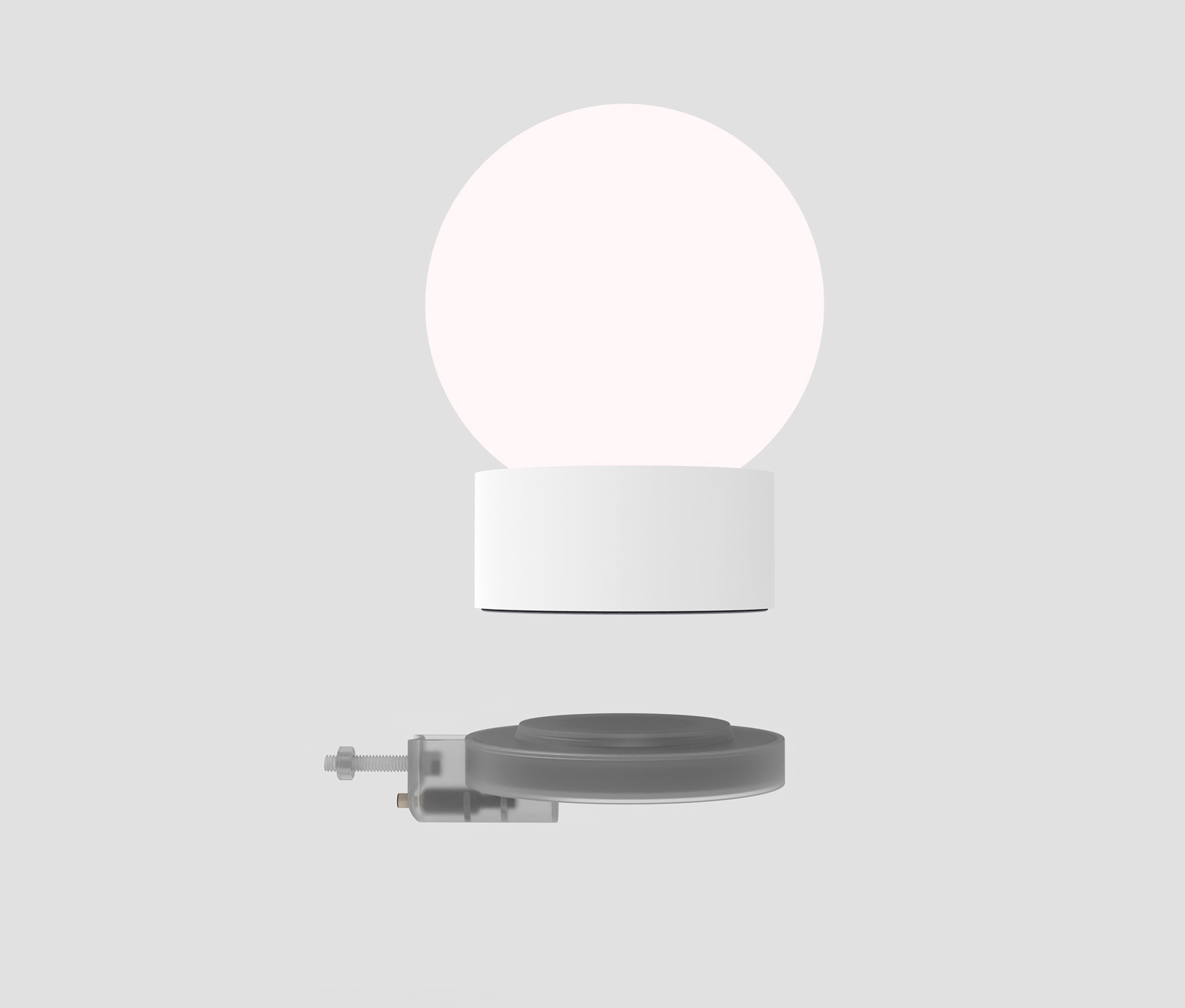
Wireless charging and docking interface
Demonstration of wirelessly choosing presets with Orion system controls
They couldn’t find the correct balance of light sources to set the mood for the game.
Initial lighting experience journey map
Target Demographic
Luminaires available for users

Sample of solutions from initial brainstorming
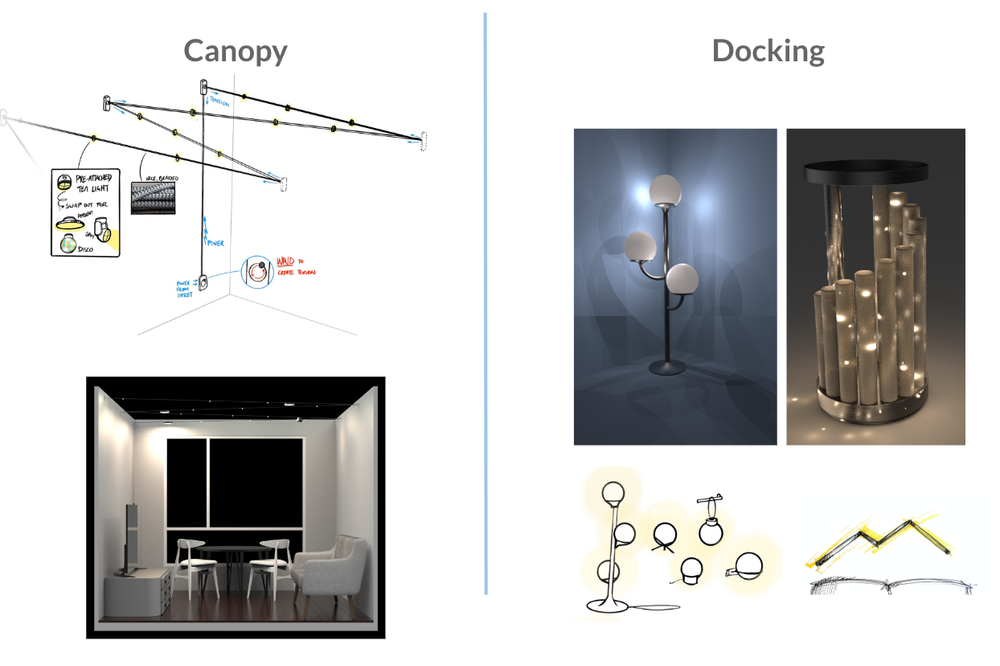
Semi-finalists
Canopy prototype + various luminaire proponents (left) and torchiere docking prototype + portable luminaire close-up (right) in the classroom used for user testing
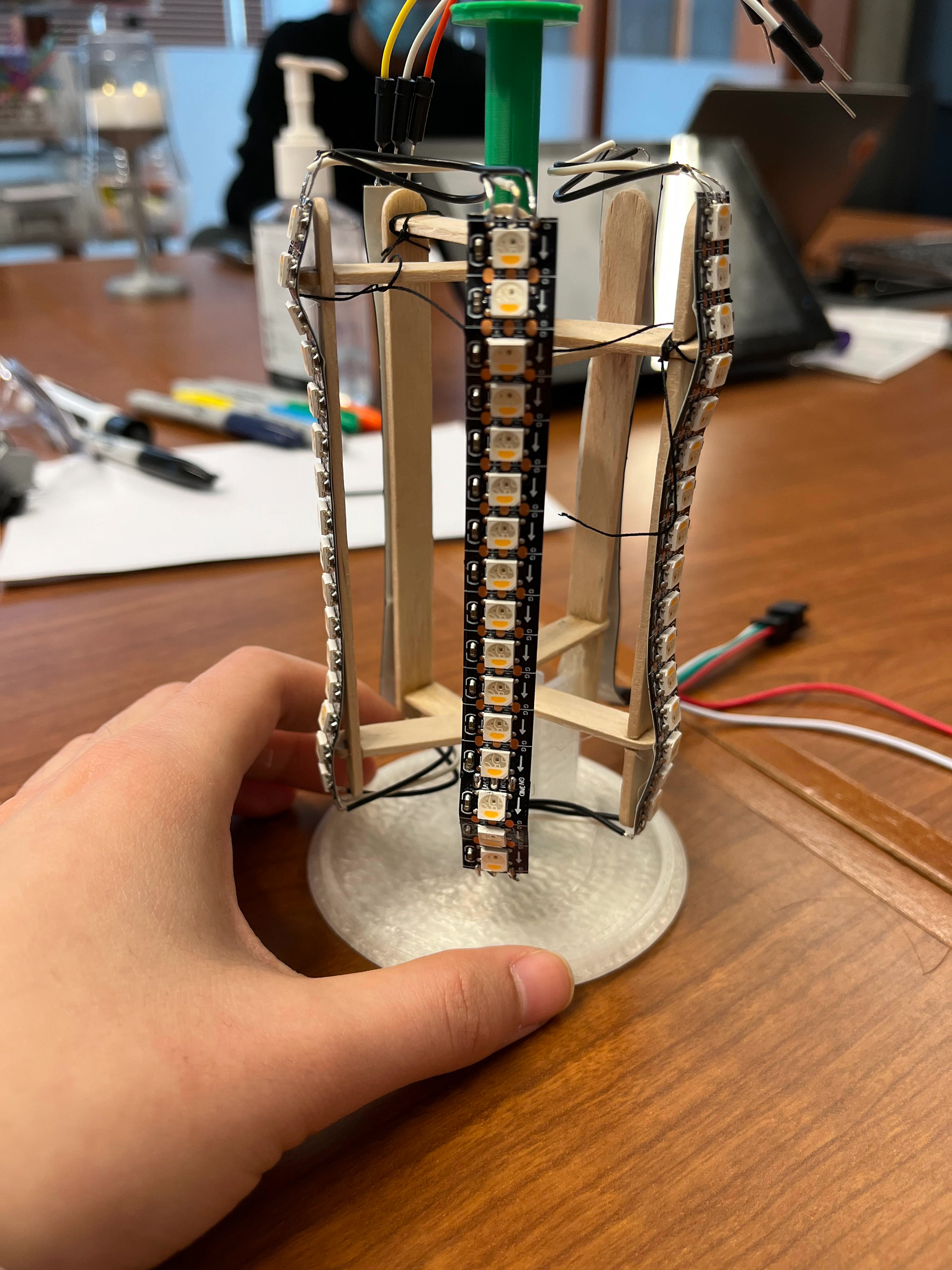
V0
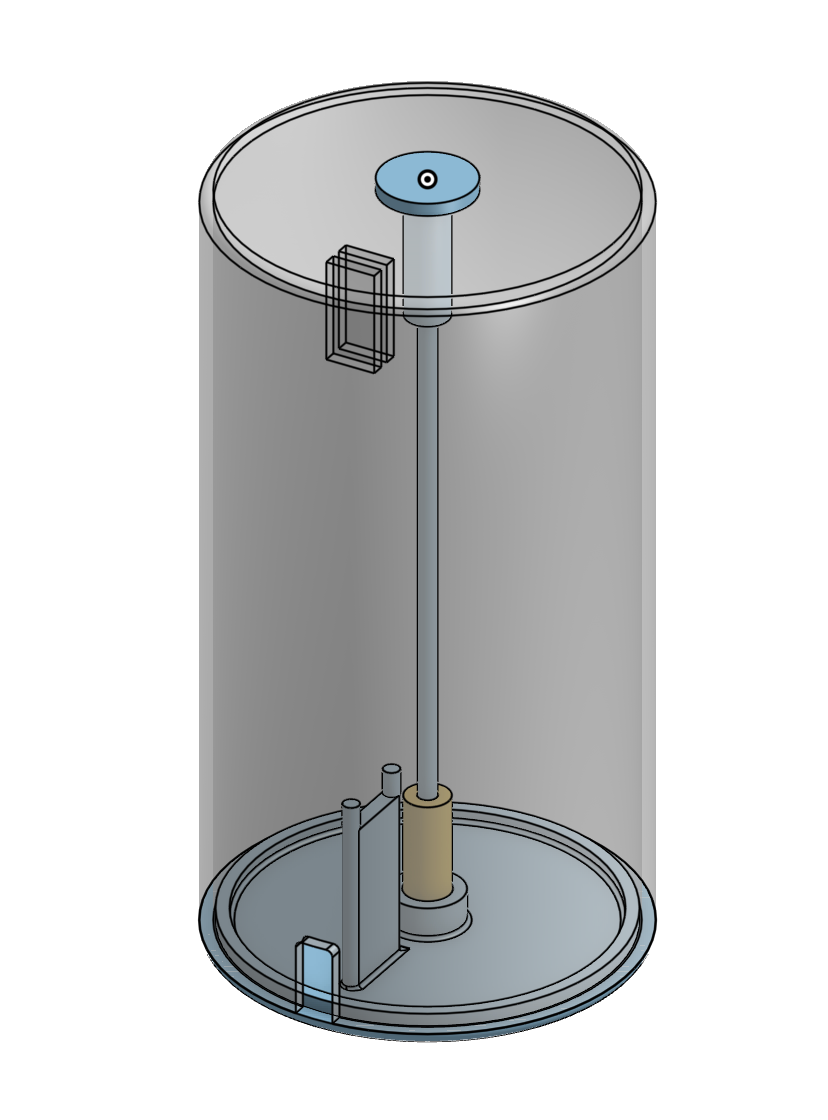
V1 shade

V1 mechatronics

V1 mechatronics testing
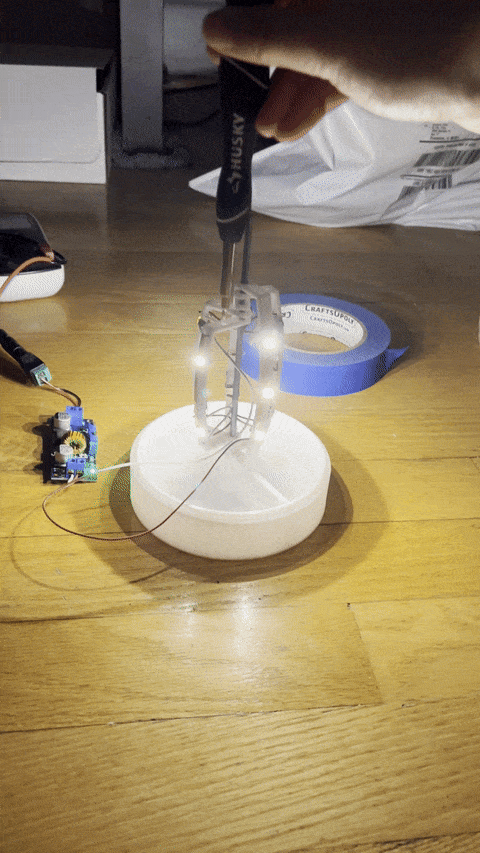
Demonstration of rotating mechanism

V2 shade
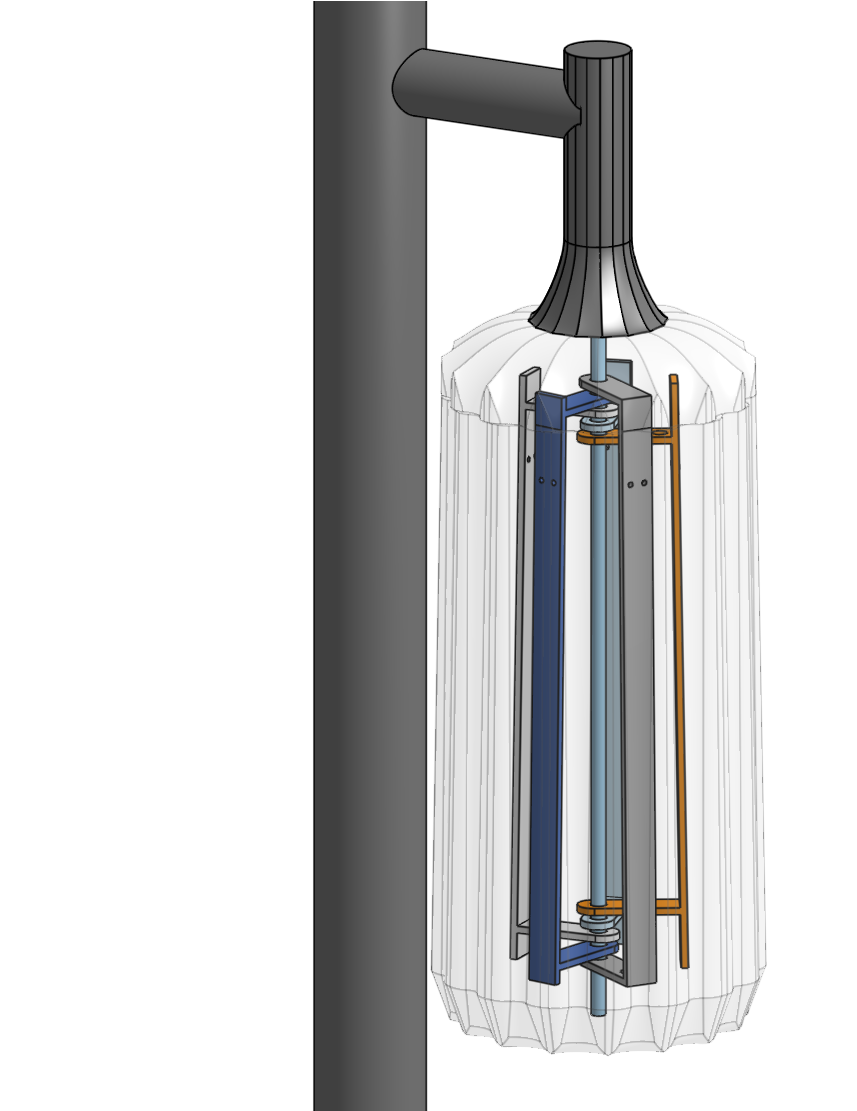
V2 mechanism
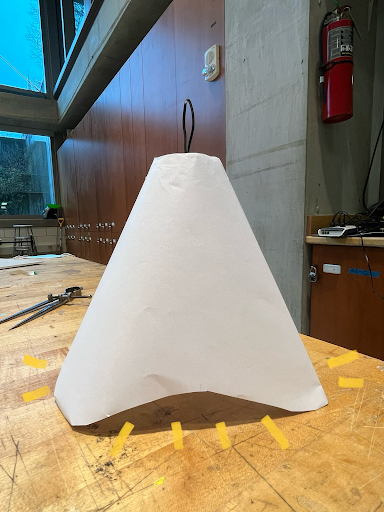
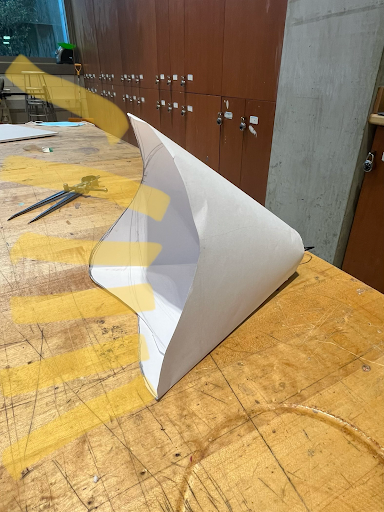
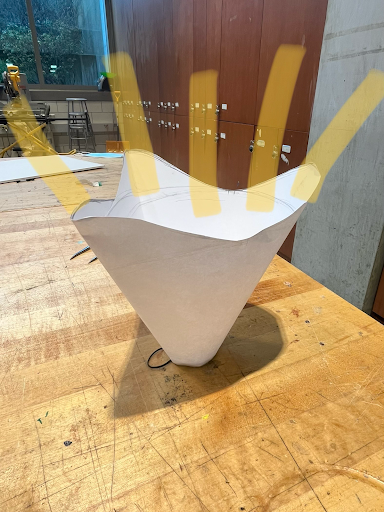

Apr — Jun 2022
